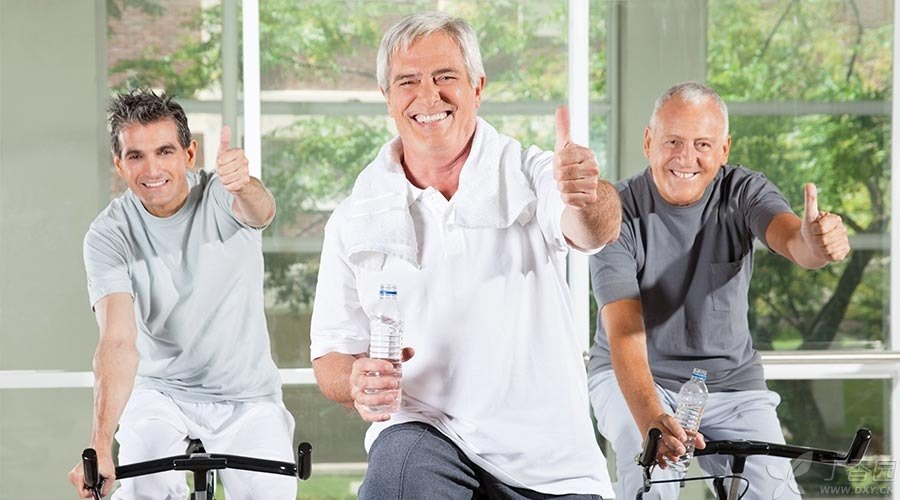
The middle-aged and the elderly should also exercise more and keep healthy. It is not too late. Which exercises are suitable for the middle-aged and the elderly? You can click to view < < Sports Guide for Middle-aged and Elderly People > >.
However, the elderly will ignore their age and their physical conditions and strengthen their exercise to a moderate level. If they have not exercised for a period of time, please start to resume exercise from slow and low-intensity activities.
Make a comprehensive examination in advance.
The middle-aged and elderly people must put safety first and start exercise slowly. Physical examination is required before exercise to avoid unnecessary injury risks.
Before exercising, if there is any situation, you should do the necessary examination first:
1. Have their own underlying diseases
If you have any chronic diseases such as heart disease and diabetes, or have a history of smoking or obesity, please do a comprehensive health examination before increasing your exercise.
2. Discomfort
- Any new and undiagnosed symptoms; Chest pain; Abnormal heart rate such as arrhythmia, tachycardia or atrial fibrillation; Severe dyspnea.
3. Unusual symptoms
- Unexplained weight loss; Infection, such as fever caused by pneumonia, accelerated heartbeat, dehydration, etc.; Sudden thrombosis; Hernia causing pain and other discomfort; Abdominal aortic aneurysm; Aortic stenosis; The joints are swollen.
4. Have suffered these injuries before
- Ulcer with foot or ankle that cannot heal itself all the time; Persistent pain after falling down, possibly fracture; Eye diseases such as retinal hemorrhage or retinal detachment; Cataract surgery, intraocular lens implantation or other eye surgery;
5. Has undergone hip replacement
- Before lower limb exercise, you should go to the hospital for examination to ensure safety. Do not cross your legs. The degree of hip flexion must be within 90 degrees. Avoid crossing your legs or cross your legs, which make your joints tight.
How to Avoid Injury
No matter what kind of exercise you take, safety is always the first thing. Please follow the following tips to avoid injuries:
- Warm-up exercises should be carried out before exercise. Each exercise starts slowly from low intensity. Don’t take strenuous exercise for two hours after eating. Choose suitable sneakers and comfortable and loose sportswear. Before, during and after the exercise, you should drink a proper amount of water. When doing outdoor sports, pay more attention to the surrounding environment-weather conditions, smooth roads and strangers.
Terminate the exercise in time
- If the following conditions occur, the exercise should be terminated immediately: chest, neck, shoulder and arm feel pain or pressure; Feel dizzy or nauseous; Out in a cold sweat; Muscle cramps; Feel severe pain in joints, feet, ankles or legs.
Responsible Editor: Chuyang
